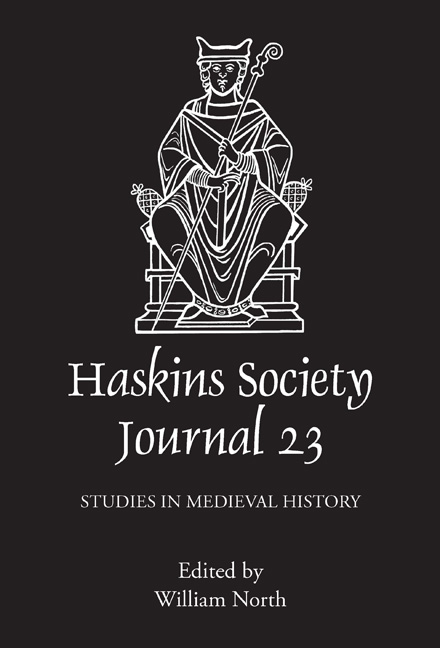The institutional emphasis on distinctions between the elite and the ordinary faithful is a feature of a number of religions. Such distinctions permit rich and diverse forms of exchange across the lines they demarcate, not simply reducible to economic models of explanation, but subject to symbolic and cultural negotiation. These exchanges fostered social ideals, implicit understandings and modes of behaviour that helped to make hierarchy in complex societies appear cohesive, normative and consensual. But a danger exists in confusing the normative value of these exchanges as represented in writing with the material and ideological effects towards which they worked. In the absence of popular religious thoughts and feelings, which Christopher Brooke rightly reminds us ‘have left little memorial for posterity’, we are left with the discursive claims made in historical sources on behalf of elite and popular distinctions. My aim in this paper is to explore the implications of this for the study of the cult of the saints in twelfth-century England. I will argue that in such interpretive conditions, any discussion of these matters in terms of elite and popular religion risks losing sight of the discursive function of these texts and of the wider understandings and negotiations that lie behind them.
